Dutch Treat
Cannabinoid THC Dominant
THC 21 - 24.25%
CBD 0.45 - 0.58%
Effect Euphoric
Side Effect Thirst and dry mouth
Flavor Sweet
Dutch Treat Strain Information
THC
CBD
Potency
Dutch Treat is a mystical strain as neither the breeder nor the country is known. People believe that it was created by Jordan of the Islands, a grower from Vancouver Island, but it’s not confirmed. Moreover, even parental strains have not been verified. Presumably, this is a cross between Northern Lights and Haze, however, this requires further testing. It is a hybrid with mostly Indica content.
Taste and Smell of Dutch Treat strain
Terpenes myrcene, ocimene, and terpinolene predominate. Even the scent itself is powerful and has a eucalyptus aftertaste. Most often, consumers talked about such smells:
The aroma itself is powerful enough to get your energy up from the first smell, while its taste is fruity reminding of blueberries and candy with eucalyptus tones.
Effects, Potency, and Type of High
The THC level averages 19-22% of the content. The high comes quickly and relaxes the body instantly. It is happiness and serenity that will help you get rid of bad thoughts. This is the most rewarding strain when you need to relieve stress. Smokers also noted giggling and tingling sensations all over their bodies. However, there are also side effects such as fatigue, anxiety, and nausea. Medicine uses Dutch Treat cannabis to help relieve:
- Anxiety
- Chronic Pain
- Depression
- Fatigue
- Insomnia
- Migraines
- Neuropathy
- Stress
Dutch Treat’s Growing Tips
For growing, Dutch Treat seeds a hydroponic system is best, and the climate should be warm and dry. Plants are of medium length and flowering time is approximately 8-9 weeks. If you do decide to grow this cannabis outside, you should make sure that there would not be significant temperature fluctuations, since the plant is sensitive to them.
Side Effects
Simply let us know how this strain tastes or write a detailed review.
Dutch Treat Strain Cannabinoids
| THC | Tetrahydrocannabinol, or THC, is a major cannabis chemical compound. It is a psychoactive element that stimulates dopamine release and induces euphoria or happiness. THC-rich strains may be helpful with such conditions as lack of appetite, chronic pains , etc. It is considered to be the primary active marijuana component. | 21 - 24.25% |
| CBD | Cannabidiol, or CBD, is a major compound in cannabis, which is non-psychoactive. It is also proved to counteract the side effects of the second major component THC. CBD is widely used for medicinal purposes in rubs, oils and so on. It is helpful in muscle pain cases, may treat arthritis and migraines. Even Greeks used it against pain, while Queen Victoria applied it to get rid of menstrual cramps. | 0.45 - 0.58% |
| CBC | Cannabichromene, or CBC, is a minor cannabinoid, meaning that its quantity in cannabis is quite little. Though it has the same origin as CBD and THC, it is different in functions. Without any psychoactive effects, it is an efficient cannabis compound in combating acne and depression. CBC produces analgesic, antibacterial and anti-inflammatory effects. | 0.31 - 0.76% |
| CBG | Cannabigerol, or CBG, is one of the minor cannabis compounds in adult plants. On the other hand, young ones contain a lot of this antibacterial and anti-inflammatory component. During the growth, CBG is converted into different cannabinoids, mostly THC and CBD. The compound itself increases appetite and decreases eye pressure. | 0.42 - 1.42% |
| CBN | Cannabinol, or CBN, is a trace element in cannabis that is considered to be mildly psychoactive. It appears from oxidation THC, exposed to light and heat. CBN is mostly contained in old cannabis and in traditional hashish. It is effective against insomnia, bacterial infections and appetite loss. | 0.26 - 0.44% |
| THCV | Tetrahydrocannabivarin, or THC-V, is a compound contained in cannabis in trace amounts. Even though it is close to THC molecularly, it is different in effects. This compound may be psychoactive only in large amounts. THC-V reduces blood sugar, controls appetite, stimulates bone growth, etc. African Sativa strains are the richest in THC-V. | 0.26 - 1.12% |
Dutch Treat Terpene Profile
| Carene | Carene (also known as Delta-3 carene) is a terpene found in rosemary, lemons, pines, and cedars, offering citrusy and cypress aroma. Studies on mice showed that carene provides anti-inflammatory effects, as well as promotes bone health and chronic pain relief. | 0.12% |
| Pinene | Pinene is one of the most widespread terpenes in nature, found in pine trees, basil, nutmeg, parsley, and rosemary. Cannabis containing terpene (alpha-pinene or α-pinene) boasts a strong pine scent. Pinene is responsible for anti-inflammatory, pain-relieving, and anti-anxiety effects. | 0.07% |
| Myrcene | Myrcene (also known as β-myrcene) is one of the most common terpenes found in cannabis, representing more than 20% of the modern marijuana terpene profile. Myrcene has a distinct earthy, musky flavor, resembling cloves. It is responsible for calming and soothing effects of weed. Myrcene is also found in hops, thyme, mango, lemongrass, guava melon. | 0.17% |
| Ocimene | Ocimene (derived from the Ancient Greek word Ocimum meaning basil) is a terpene with sweet and herbaceous flavors, also boasting citrusy and woody undertones. Naturally, ocimene occurs in mint, parsley, orchids, hops, kumquats, mangoes, basil, bergamot, lavender, and pepper. Offers antifungal, anti-inflammatory, and antiviral properties. | 0.06% |
| Humulene | Humulene (also known as α-humulene) is one of the major terpenes found in cannabis, contributing to woody, earthy, spicy, herbaceous, and, mainly, floral aromas of cannabis. Used in modern medicine, humulene offers anti-inflammatory, antibacterial, and appetite suppressant effects, which have been well-researched by pharmaceutical companies. | 0.02% |
| Limonene | Limonene (also known as d-limonene) is the second most common terpene in nature and the third most common terpene in cannabis. It has a powerful citrus aroma and can be found in all citruses, including lemons, oranges, grapefruits, limes, juniper, etc. Limonene is known to elevate moods and provide anxiety, depression, and stress relief. | 0.03% |
| Linalool | Linalool (also known as beta linalool, linalyl alcohol, linaloyl oxide, and p-linalool) is one of the rarest terpenes found in cannabis, mostly in small quantities. Linalool is known for its spicy and lavender aroma, bringing relaxation and calming effects. It is also said to provide anti-inflammatory and analgesic properties that can be useful for athletes. | 0.01% |
| Valencene | Valencene is a terpene that got its name from Valencia oranges - a fruit where It's initially found. Valencene offers citrusy, sweet aromas, with flavors having notes of oranges, grapefruits, tangerines, and, occasionally, fresh herbs or freshly cut wood. Citrus aromas, frequently found in a wide variety of cannabis strains, are contributed to by valencene, which is known for anti-inflammatory and insect repelling properties. | 0.08% |
| Terpinolene | Terpinolene is one of the most common terpenes found in cannabis; however, It's usually presented in small quantities. Is responsible for piney, floral, herbaceous, and even a little bit citrusy aroma of cannabis. Terpinolene can be found in lilacs, nutmeg, and cumin. In cannabis, terpinolene contributes to the sensation of "freshness." Has the potential to reduce the risk of heart diseases. | 0.23% |
| Phellandrene | Phellandrene (also known as alpha- and beta-phellandrene) is one of the rare terpenes found in cannabis with antihyperalgesic and antidepressive properties. Phellandrene contributes to a minty, woody, and mildly citrus aroma in cannabis. Previously confused with limonene and pinene, phellandrene was eventually distinguished as a separate terpene common for eucalyptus. Also, it could be found in mint, dill, black pepper, cinnamon, parsley, pine, and lavender. | 0.12% |
| Caryophyllene | Caryophyllene (also known as beta or b caryophyllene) is a terpene found in many herbs and spices, such as black pepper, basil, rosemary, and oregano. Cannabis high in caryophyllene delivers a strong spicy, peppery aroma, resembling cinnamon and cloves. Caryophyllene offers potent anti-inflammatory and sedative effects. | 0.09% |
| Total terpenes content | 1.00% |
Growing Info
Dutch Treat strain lineage
Similar Strains
THC 12 - 15%
CBD 0.17 - 0.35%
Effect Happy
Flavor Tar
THC 23 - 23%
CBD 1.04 - 1.2%
Effect Euphoric
Flavor Menthol
THC 19.88 - 21.12%
CBD 0.35 - 0.57%
Effect Relaxed
Flavor Diesel
THC 23.5 - 25.5%
CBD 0.49 - 0.82%
Effect Happy
Flavor Sweet
THC 13.1 - 16.5%
CBD 0.4 - 0.4%
Effect Euphoric
Flavor Earthy
THC 23 - 25%
CBD 1.06 - 1.18%
Effect Euphoric
Flavor Flowery
THC 19.1 - 20.4%
CBD 0.42 - 0.77%
Effect Sleepy
Flavor Skunk
THC 20 - 23%
CBD 0.66 - 0.79%
Effect Happy
Flavor Butter
THC 19 - 21%
CBD 0.48 - 0.76%
Effect Concentrated
Flavor Spicyherbal
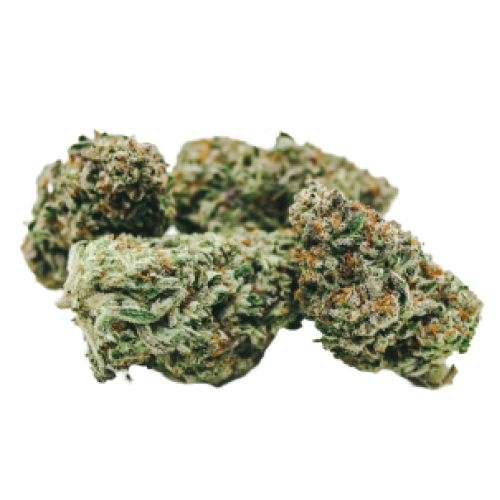


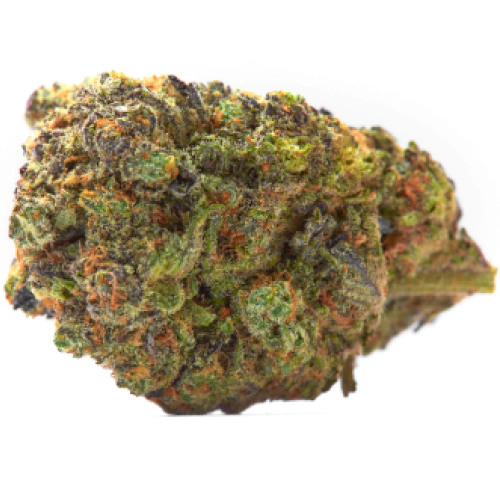


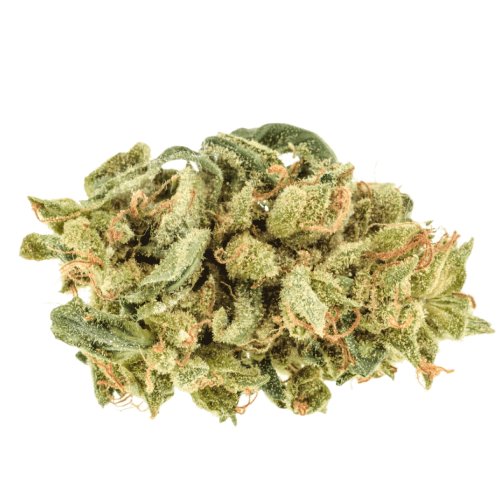
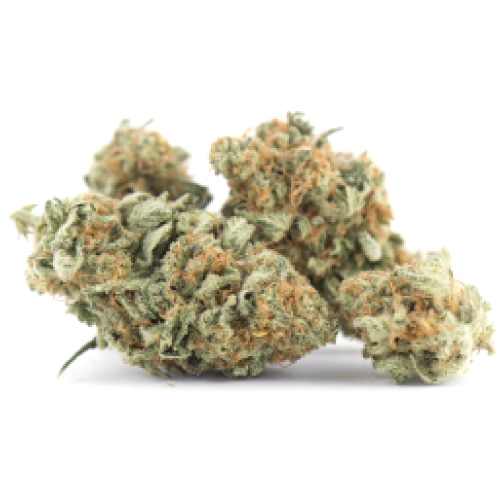
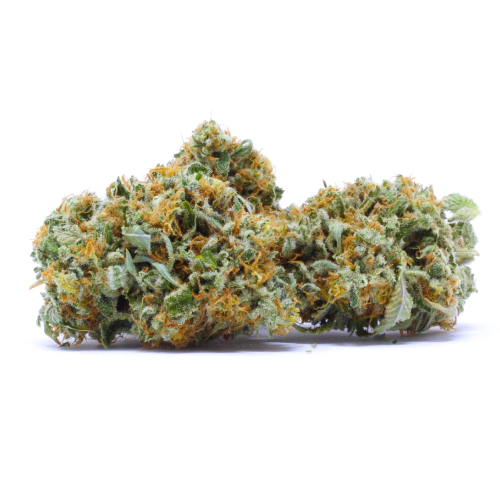

User Reviews 5
VERY smooth smoke, no coughing at all! The aroma is also attractive as hell - smell it once and you’ll fall in love.
Besides a delicious mix of piney and minty flavors, it’s also a real solution for stress and anxiety.
Didn’t really like its looks at first, but the high is worth it for sure! The strong cerebral high didn’t take long to show itself, delivering a euphoric buzz. With that, it also gave me a real improvement of creativity and I started to talk unstoppably.
When I first came across this flower, its appearance took my attention at once. The bud is covered with orange trichomes and emits a sweet fruity smell with a subtle menthol undertone. While smoking, the smoke is not only smooth, but also gives a lingerin
Nah, it’s not the one I look for. Tried it one of these days and it made me rather dizzy.
Write a Review